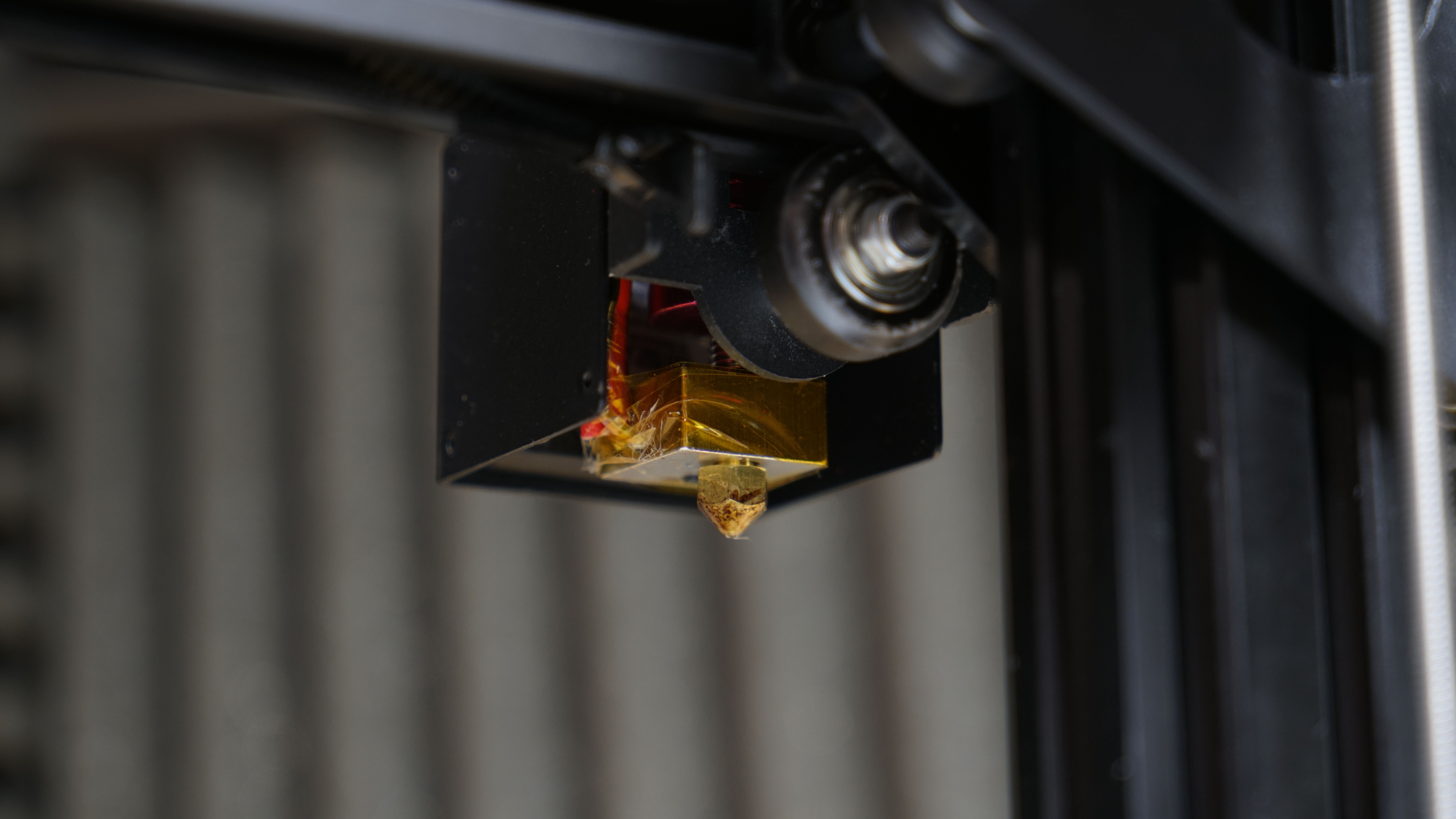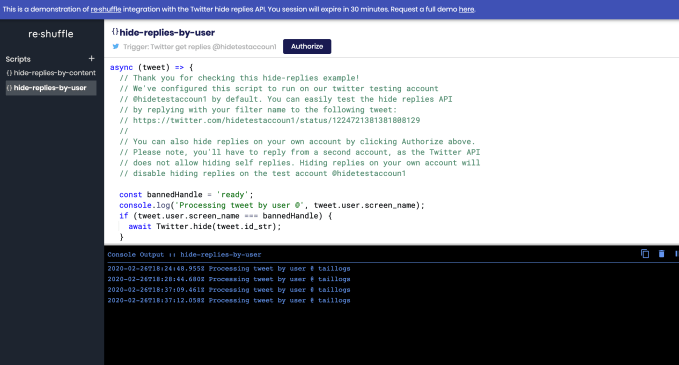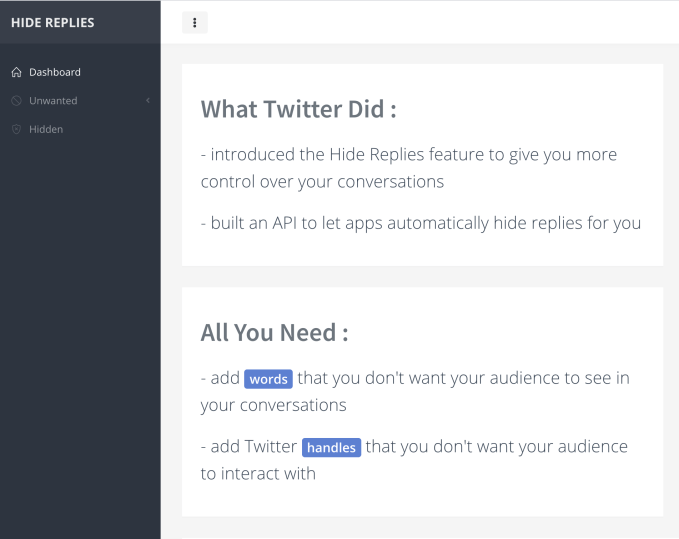Up, up, down, down, left, right, left, right, B, A, then start. Sound familiar? The Konami Code, as this sequence came to be known, is one of the most recognizable artifacts of an earlier era of gaming. Kazuhisa Hashimoto, its creator, has used up the last of his 30 lives.
Hashimoto was a programmer at Konami, and created the code during the development of one of Konamibest-known games of the 8-bit era: Gradius. Anyone who played it will remember the crushing difficulty of this iconic side-scrolling shooter.
Even the developers, it turns out, found it a bit of a hassle to get through repeatedly for testing purposes. Thatwhy during the porting process from arcade to NES, Hashimoto made himself a bit of a shortcut to make things a bit easier for himself.
He created a special command that would award the player the most crucial items for surviving the gamechallenges. The sequence to activate it needed to be easy for him to remember during his many playthroughs, but extremely unlikely for a player to input by accident. And so he settled on the well-known &up, up, down, down, left, right, left, right, B, A& — after which is usually appended &start,& since the code is often entered while paused or at the title screen.
Fate intervened here and the code, which was meant to be removed before the team wrapped up, was forgotten about and ended up in the shipping product. Somehow word got out about the code (who knows how such things transpired in the &80s — probably it was published in Nintendo Power) and, given the extreme difficulty of the game, its necessity led to the code being adopted by pretty much everyone who bought Gradius.
And so millions of kids who grew up in the &80s and &90s learned the Konami Code by heart, though its effects differed from game to game, it generally made things considerably easier. For instance, in the infamous (and still amazing) Contra for NES, the code gives the player 30 lives, which honestly is about the bare minimum necessary to complete that brutal game.
The code persisted for many years and across generations, though it also began to mutate — in Gradius III for SNES the code caused the playership to self-destruct, as if telling them that cheaters never prosper. Even games by other publishers used the code, as a joke or in earnest.
GoogleKonami Code Easter Egg Unlocks ‘Cheat Mode&
Soon the Konami Code was a staple of geek culture. I myself owned a shirt with the code on it, and listened to a band by that name. It showed up in TV, movies, anywhere an &80s kid had a chance to slip it in. Even if it wasn&t used by name or with the exact sequence, the code became shorthand for all other cheat codes. Hashimoto had unknowingly created a proto-meme that infiltrated gaming culture worldwide, becoming one of the most widely recognizable aspects of it for decades to come.
All because he found his own game too hard to play.
Those were the days when development teams were on the order of 10-20 people, and the choices of a single person could change everything. These days a cheat code would probably have to be approved and playtested during alpha and beta, and shared with strategic partners for the printed strategy guides well ahead of release.
Hashimotocontribution to the gaming world was an accident, but on no account does that downplay his or the codeimportance. He represented the lasting power of an earlier era of gaming and game creation, and accident or not, his legacy is a powerful one.

 10
10







 The company first bet on Intelshort-lived Curie SoC platform. That obviously didn&t work out all that well, given that Intel axed support for Curie in 2017. Since then, Cartesiam has focused on the Cortex-M platform, which worked out for the better, given how ubiquitous it has become. Since we&re talking about low-powered microcontrollers, though, itworth noting that we&re not talking about face recognition or natural language understanding here. Instead, using machine learning on these devices is more about making objects a little bit smarter and, especially in an industrial use case, detecting abnormalities or figuring out when ittime to do preventive maintenance.
The company first bet on Intelshort-lived Curie SoC platform. That obviously didn&t work out all that well, given that Intel axed support for Curie in 2017. Since then, Cartesiam has focused on the Cortex-M platform, which worked out for the better, given how ubiquitous it has become. Since we&re talking about low-powered microcontrollers, though, itworth noting that we&re not talking about face recognition or natural language understanding here. Instead, using machine learning on these devices is more about making objects a little bit smarter and, especially in an industrial use case, detecting abnormalities or figuring out when ittime to do preventive maintenance.


